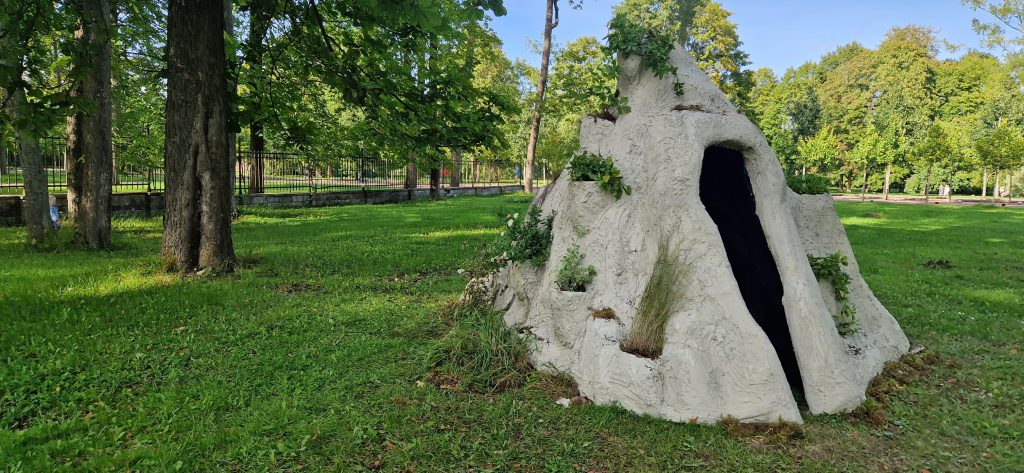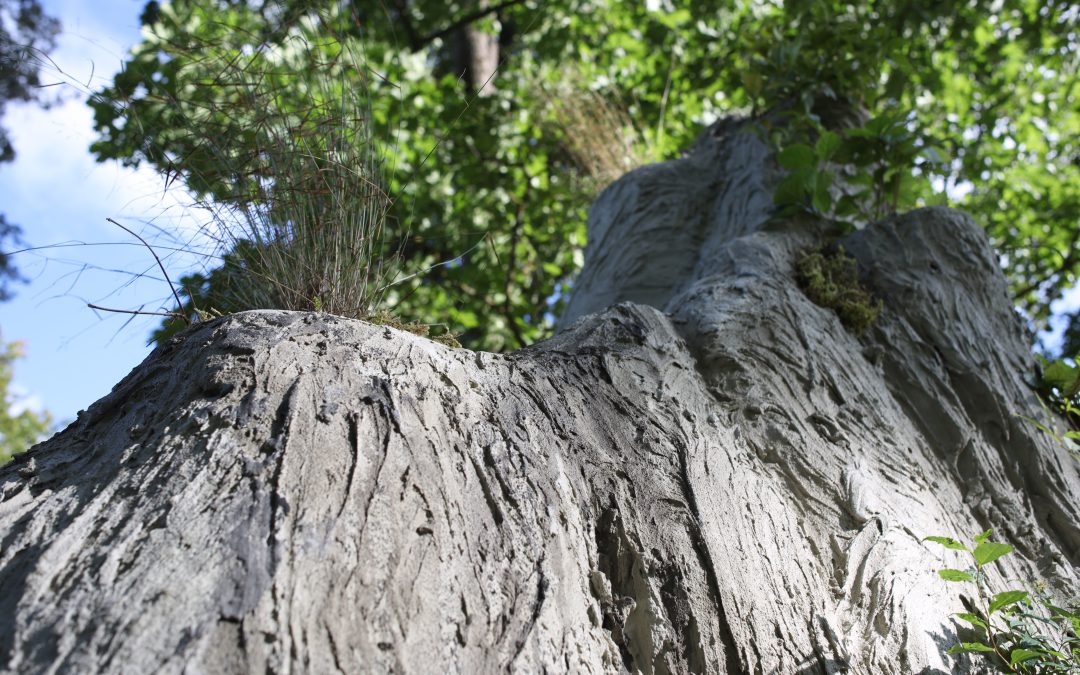Kadriorg Park and Kadriorg Art Museum, Sept 8 – Oct 1, 2023
http://teatepulk.com/en/voim-tutvustus/
Curators
Marje Taska and Reet Varblane
Artists
Britta Benno, Flo Kasearu ja Elīna Vītola, Madleen Hirtentreu, Raul Keller, Kirke Kangro, Fideelia-Signe Roots, Jüri Ojaver, Urmas Lüüs, Jonas Johansson (Rootsi), Edith Karlsson, Tanja Muravskaja ja Mikk Madisson.
Power is an attribute of self-establishment, a premise of ruling over somebody or something. Power is a relationship with somebody or something. Any structure needs this in order to function, but it is also dangerous, tempting, seductive, terrible and frightening, suppressive, controlling.
Power and power relations are not embedded only in large ruling structures, like states and corporations, it can be found in the smallest, most intimate groups (families, relationships), within people themselves. In the same way one can talk about the power of things, the power of people over nature and the power of nature over people. Power is not only something negative and alienating, wise power always retains spirit and does not lack force.
Kadriorg Park works as a symbol of power on all levels: the park as a man-made biological community; Kadriorg Palace, built by Peter I, as a sign of foreign power; the Presidential Palace as the embodiment of political power; the main building of the Art Museum of Estonia, Kumu, as a sign of power in the art world. None of these levels embody mere hierarchy or alienation: the park brings people together and it includes areas where the natural environment can evolve and function freely; the institution of the president has a diplomatic, conciliatory function; a contemporary art museum is a democratic multifunctional place that unites artists and their audience.
The collaborative work by the curators serves as an introduction to the exhibition „The Power“. Like at the previous exhibitions in Võru and Tartu it is created by Marje Taska and installed by Reinhold Rutks. At the exhibition „The Force“ the curators visualised the concept of force as a small silvery manuscript scroll with text from „Sanctus praesens“. The concept of spirit was materialised as a Modernist machine which was fifty times larger and communicated the message of the exhibition with “Pax in sancto present” in telegraph code. The symbol of „The Power“, the wheel of power with scythe blades, can be seen as an equivalent of the absurdity of the extreme desire for power. It stands four metres high over a canal near the Information Point in Kadriorg Park.


